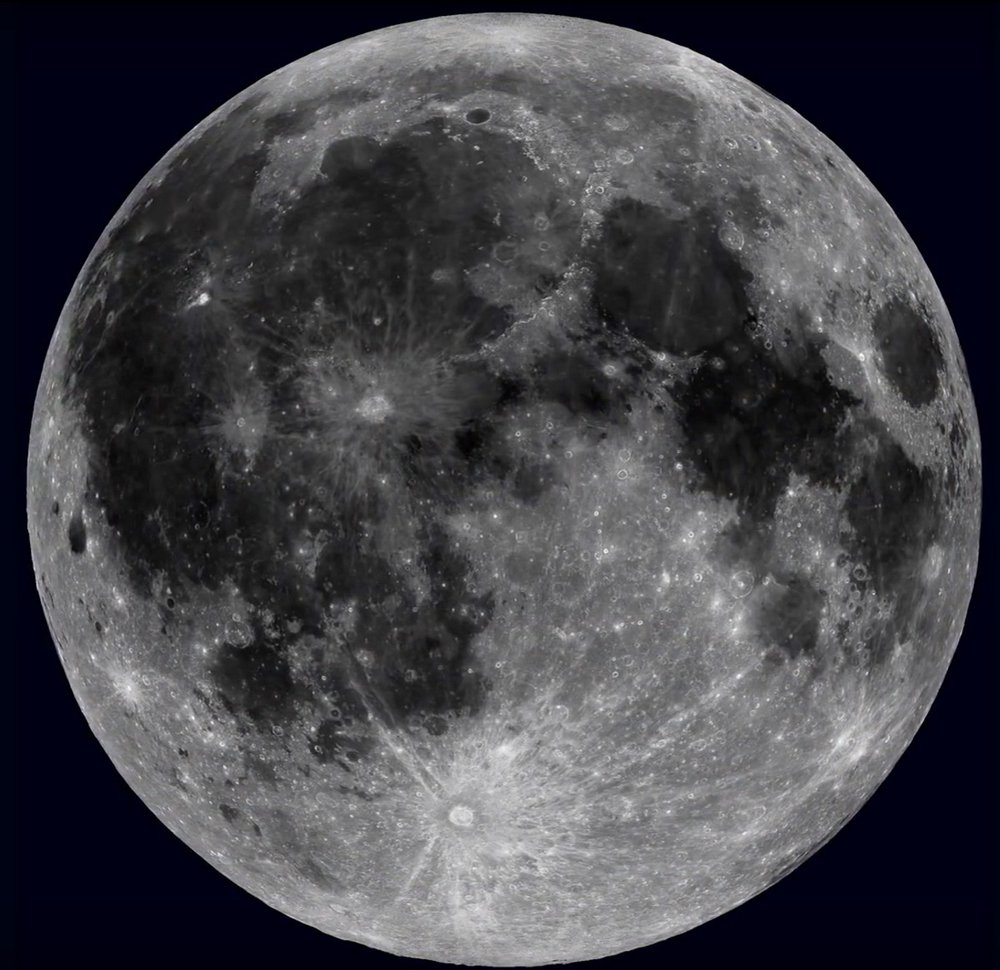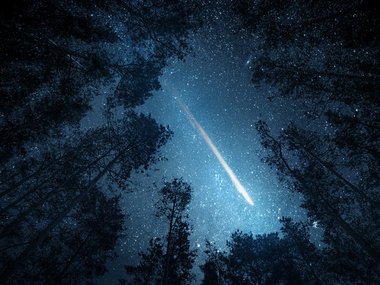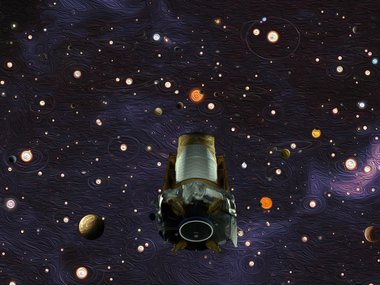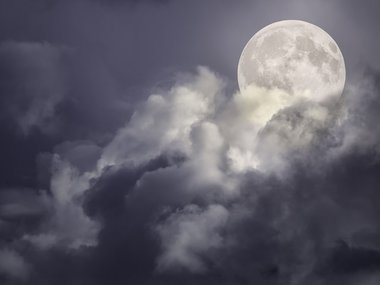Question Your World: Who’s Studying the Moon Now?
Big milestones in science are to be celebrated. The Apollo program's profound impact on technology and knowledge is undeniable, but there are many other big milestones that often get overlooked. While the moon captivated everyone's attention recently, a pretty big mission was launched to further understand the moon. Who's studying the moon now?
For most of July, we’ve seen TV stations re-airing Apollo 11 footage, blogs digging through numerous aspects of lunar landing history, and even a projection of a Saturn V rocket on the Washington Monument! While the 50th anniversary of humans landing on the moon got a lot of attention here, a team of scientists on the other side of the globe were getting ready to make their own historic contribution to lunar exploration.

Image credit: NASA
After a one week delay, the Indian Space Research Organization, ISRO, launched an ambitious mission to the moon. Chandryaan-2 blasted off into space on July 22nd with the hopes of becoming the fourth nation to successful land something on the moon, joining Russia, USA, and China.
On August 20th, 2019, Chandryaan-2 is expected to go into orbit around the moon. This mission will involve an orbiter orbiting the moon while a lander delivers a rover to the lunar surface. The objective of this mission is to explore the Moon's south polar region where scientists have observed frozen water nestled in the craters that never get sunlight, thus keeping them nice and frozen. Studying this frozen water great is way to better understand our celestial neighbor, and not only that, but if humanity plans on having permanent human outposts on the moon, then knowing about available water-resources there is vital.
Stay tuned as Chandryaan-2 makes a few orbital loops around the Earth before going into lunar orbit on August 20th, then the science begins!
The recent Apollo 11 anniversary has put a lot of eyes back on NASA and its upcoming lunar mission, but the firm details have yet to be published. That’s okay though, there’s plenty of room for other organizations like ISRO to contribute to historic lunar explorations and beyond. After all there’s a lot of space in space.


